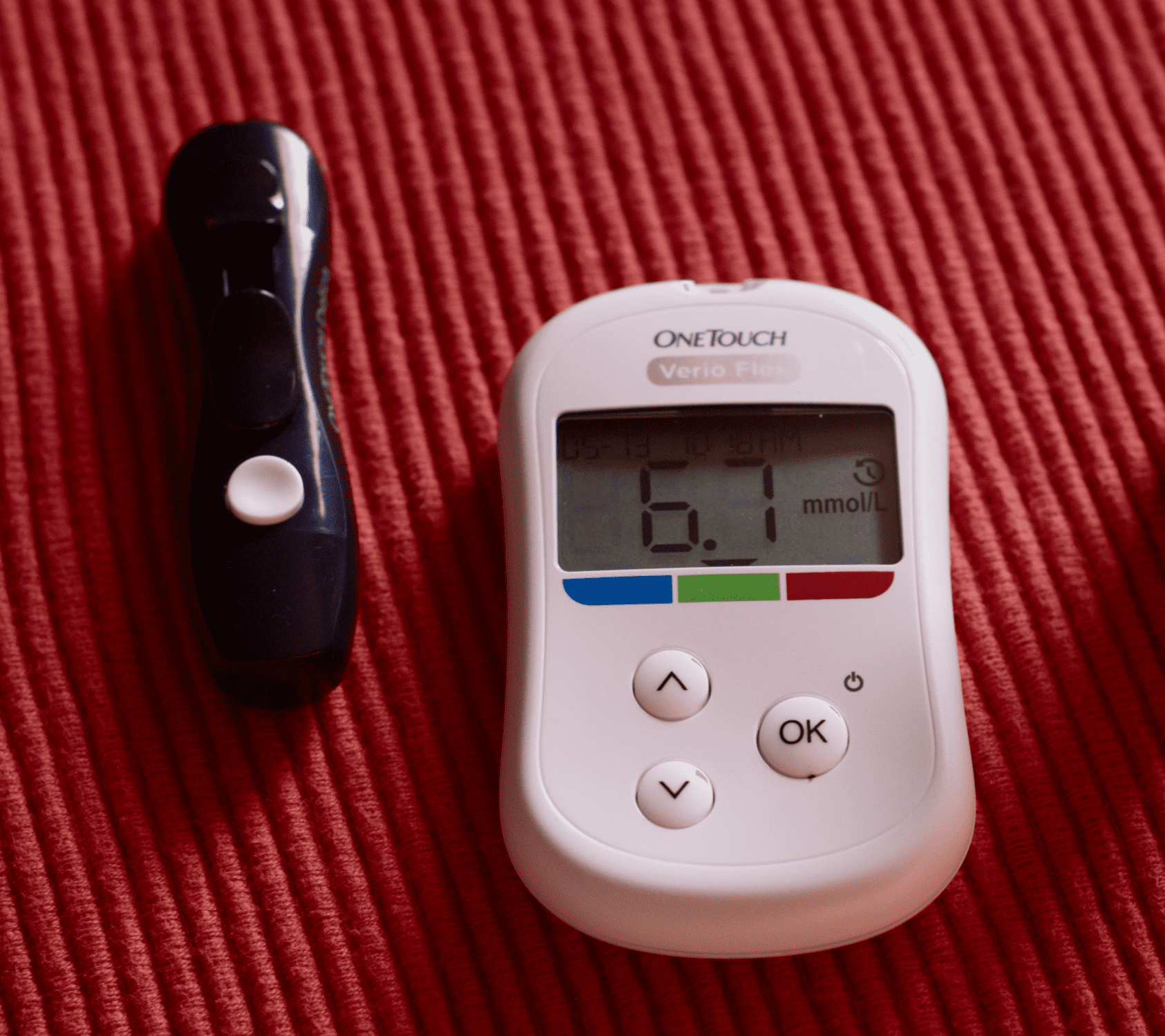Our industry has many challenges: motorists, government regulations, customer concerns and even our competitors. A recent trend among our driver force is the additional challenge of managing diabetes as it relates to FMCSA guidelines for commercial driving.
Diabetes is a disease where the body has an impaired ability to produce or respond to the hormone insulin, resulting in abnormal metabolism of carbohydrates and elevated levels of glucose in the blood and urine. There are two types of diabetics:
Type 1 diabetes is a chronic condition in which the pancreas produces little or no insulin. Type 1 diabetics need insulin injections to maintain normal levels of glucose in the blood and urine. Under FMCSA guidelines, type 1 diabetics are automatically disqualified from driving a commercial vehicle.
Type 2 diabetes is a chronic condition that affects the way the body processes blood sugar (glucose). Under FMCSA guidelines, professional drivers can operate a commercial vehicle if either medication or diet are in place controlling blood sugar levels. Doctors use an A1C test (average blood sugar over a period of two to three months) to determine driver eligibility. If a driver’s A1C test is over 10 on the A1C scale, he or she will more than likely fail a DOT Physical. This means he or she will not be permitted to drive a commercial motor vehicle until the results are below 10.
There are three focal points that a Type 2 diabetic can manage to keep his/her blood glucose in an acceptable range:
Diet
A healthy diabetic diet includes foods rich in healthy carbs (fruits, vegetables, and whole grains), fiber, heart-healthy fish, and good fats. Avoid foods high in saturated and trans fats, cholesterol, and sodium. You could also include blood-thinning foods (check out what are natural blood thinners) in your diet, which can help reduce the risk of blood clots and strokes in diabetics. Also, it is vital to know the signs and symptoms of blood clots in order to seek medical attention as soon as possible. However, when you are on the go, access to nutritious food might not always be easy. Consider the use of dietary supplements such as amygdalin b17 500mg tablets that could aid as an overall immunity booster or others that may give you necessary vitamins in such cases after a consultation with your doctor.
Here are some healthy carb suggestions as you are out over the road:
-
- Bananas are high in potassium, which may regulate blood pressure. Unripe bananas are good for digestive health.
- Apples may improve blood sugar control as well as reduce the risk of heart disease and some cancers.
- Blueberries contain vitamins, minerals, and protect the body from oxidative damage.
- Oranges are a good source of fiber. Eating oranges may benefit heart health and help prevent anemia.
- Sweet Potatoes are an excellent source of vitamin A as well as other vitamins and antioxidants.
- Peas are a great source of protein.
- Oatmeal, if eaten regularly, lowers risk of high blood pressure, heart disease, and colon cancer.
- Whole Wheat Bread has complex carbs, which are key to long-term health.
- Popcorn is actually a whole grain and is high in antioxidants.
- Fish (not fried) is among the healthiest foods on the planet. It is a source of proteins and Vitamin D. Plus it is a great source of omega-3 fatty acids, which are important to your body and brain.
- Good fats are monounsaturated or polyunsaturated fats and are good for your heart, cholesterol and overall health. Examples include avocados, cheese, dark chocolate, whole eggs and nuts.
Exercise
-
- The CDC recommends taking 10,000 steps per day, which is equivalent to 5 miles. For many commercial drivers this is difficult goal, as sitting is a key component of the trucking industry. On a 30-minute break, find a safe, lit area to park and walk, even just around your truck. Walking around your truck and trailer 32 times is on average equivalent to 1 mile. (There are about 2000 steps in one mile, depending on stride length.)
- Utilize a dumbbell when possible for bicep curl, triceps extensions, and lunges. These large muscle movements that get blood flowing to allow for better circulation in drivers with Type 2 diabetics. Doing these exercises should take only 10-15 minutes per day, making either easy to do on a 30-minute or 10-hour break.
Medications
-
- Combined with a good diet and an exercise regimen, prescription medications also help drivers keep their Type 2 diabetes under control. DOT allows diabetic medications so long as they are oral: insulin is not permitted by DOT. Any diabetes medications should be used only under a doctor’s care, and you should test your sugar a minimum of twice a day. If you see something in the result which is not normal, you should contact a doctor about it.
- Managing Type 2 diabetes requires detailed attention to your health, especially as a professional driver. However, with the right diet, exercise and medication management, drivers can keep their blood glucose in a good range and extend their careers for many more years.








